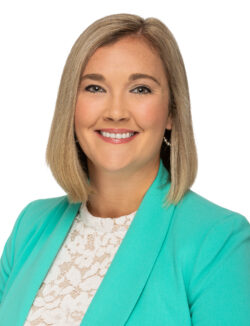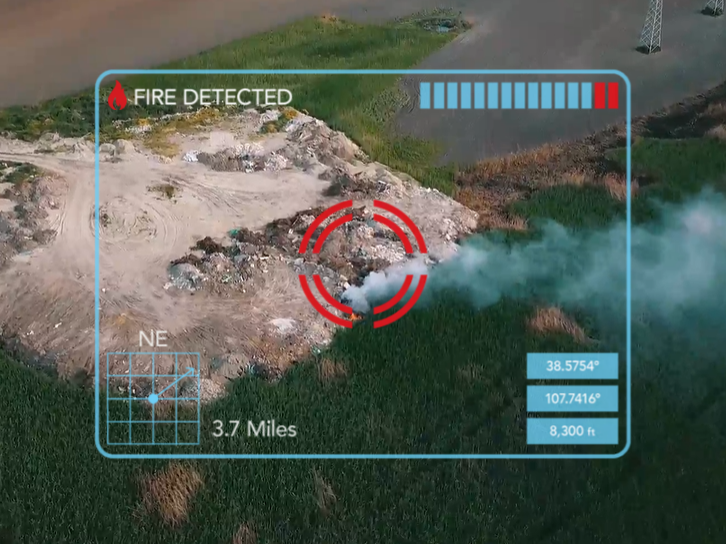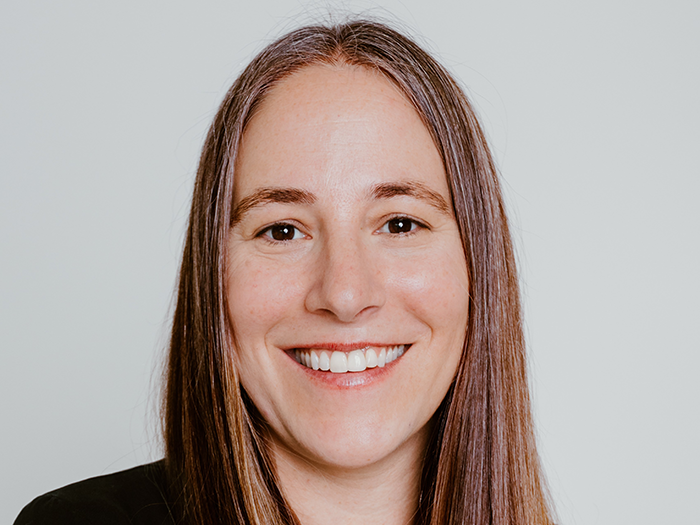Sponsored Content by ProAssurance
Future Risk: Incorporating AI into Health Care

If you are having trouble getting a medical appointment, odds are you are not alone.
Doctors and other health care providers are leaving the industry in droves. A survey published in 2023 found that two out of three physicians said they were considering an employment change and nearly 36% said they were considering early retirement. Respondents cited causes that range from burnout and lingering pandemic anxiety to stagnating wages as reasons for leaving medicine. Last year, 53% of physicians reported feeling burnout, and nearly one in four said they were depressed, per the report “I Cry but No One Cares,” which tracks medical provider mental health.
Poor mental health does not have health care providers merely contemplating an exit. Many have already left the industry. Prior to August 2021, over 230,000 quit their jobs. This mass exodus has had ripple effects for the industry. Patients are having a hard time scheduling appointments, even when they have serious injuries or illnesses and need care.
“[Doctors are] not always able to meet the needs of the consumer at this point,” said Mallory Earley, Esq., Southeast Regional Risk Manager for ProAssurance. “It is scary … You cannot get in with your doctors. Patients may not be able to get the attention they need.”
To reduce the strain caused by this talent shortage, many in medicine are turning to technology. Artificial intelligence and machine learning tools are reducing administrative workloads. Telehealth platforms, popularized by the pandemic, make it easier for doctors to see more patients in a day. These tools are essential to managing increased workloads, but if they are not used in accordance with current regulations, they could increase a doctor’s professional liabilities.
How Artificial Intelligence and Other Tech Are Making Health Care More Efficient

Mallory Earley, Esq., Southeast Regional Risk Manager for ProAssurance
Most doctors enter into their fields because of a love of medicine. They want to listen to symptoms, diagnose patients, and implement treatment plans. Yet, many find their workdays bogged down by administrative tasks: scheduling appointments, managing practice financials, and taking notes.
While essential, administrative tasks can feel especially burdensome during a talent shortage, when providers are trying to squeeze more patients into their schedules. “Doctors are doing more than just practicing medicine these days,” Earley said. “They’re running a business.”
That is where technology comes into play. Artificial intelligence systems can analyze a provider’s schedule and optimize it so they can see more patients. “Machine learning can say, ‘How do we better schedule our patients? How do we manage time better?’ It is not necessarily replacing the receptionist when you call, but ‘determining whether appointments are too long or too short? Which patients are canceling? Why are they canceling? How far ahead of time are they canceling?’” Earley said.
When it comes to scheduling, technology can help make appointments quicker and reduce the amount of time doctors spend drafting reports. Telemedicine appointments allow doctors to swiftly see and treat patients with minor injuries or illnesses.
AI can also assist with medical record management. Doctors are using AI to manage their notes and organize electronic medical records (EMR). The system can help generate reports based on symptoms entered by the doctor, and it can help analyze patterns in the doctor’s practice, allowing them to generate records more quickly.
“We are seeing practices move away from in-room scribes who used to write everything down and turning to potentially using AI to summarize,” Earley said. “You can quickly type in some symptoms and get a summary report.”
Do not Ignore the Risks of AI and Other Technologies
While telemedicine platforms and AI can help physicians manage heavy workloads, they come with new liability risks. Many of these exposures are still emerging, so doctors are not fully prepared to manage them yet.
Look at telemedicine, for instance. At the beginning of the pandemic, state and national governments issued emergency orders that allowed telemedicine to proliferate. As those orders expire, health care providers will need to make sure they are up to date with state and federal regulations around the technology. “It is not going away. Are we doing it properly? Are we properly licensed?” Earley said.
Others will need to consider how often patients need to be seen in person versus virtually. Many people got used to the convenience of virtual appointments during the pandemic, but doctors need to physically see patients in order to ensure they are making accurate diagnoses. If they do not, doctors could be at a higher risk for litigation.
“It is a consumer-driven world. The new standard is ‘Let me just pick up my phone and do a quick 15-minute video call and get what I need,’” Earley said. “The practices are almost having to be the bad guy by saying, ‘No, we require you to come in every so often to see us. You cannot just do everything remotely.’”
Doctors using AI need to make sure their platforms are secure and in compliance with HIPAA. Data leaks are a major concern. If they use AI or machine learning platforms to work with EMRs or summarize, they need to read the reports and check for accuracy. If there is an error, the doctor could be liable.
“Did you use ChatGPT to just take hundreds of pages from your EMR and summarize it for you? What is your liability if ChatGPT is wrong? What is your obligation to notify your patient and obtain consent for you to share their protected health information with a third party?” Earley said. “You may not be able to name artificial intelligence as a defendant. At the end of the day, patients know their physician, practice, or hospital as an entity to potentially litigate against.”
In today’s world of nuclear verdicts, doctors need to ensure they are protecting themselves against the threat of litigation. Telehealth platforms and artificial intelligence have not yet caused an uptick in medical malpractice claims, Earley says. But there is potential for these technologies to drive an increase in litigation in the future. “We are seeing those large verdicts across the country,” Earley said. “Juries are unpredictable right now.”
All of these risks are elevated because health care professionals may not know they are using these tech tools. They might not know their scheduling systems are using AI or machine learning.
“Ask a practice ‘Are you using AI?’ and they say ‘No, we do not have a robot that is seeing patients,’” Earley said. “That is not really what artificial intelligence is. You are already using it and you may not realize it.”
An Insurance Partner to Guide You Through
Insurance partners play a critical role in helping health care providers navigate how technology is shifting the professional liability landscape. For years, ProAssurance has helped health care professionals navigate these risks and has worked to educate them about emerging exposures.
“Our role in risk management at ProAssurance is to be there and answer questions and offer some level of guidance,” Earley said.
Earley recommends medical providers focus their risk management efforts on two areas. “Ultimately, risk management usually boils down to two significant areas of risk: You have the documentation, and you have the communication,” Earley said. Providers need to consider whether patient consent is needed when they use AI, and they need to communicate and document when it is being used. Providers also need to look at every record where AI is used to confirm that it is accurate.
“You cannot ultimately rely just on AI,” Earley said. “You still have to have that physician oversight, that ability to interpret and think outside the box.”
These risk management resources are essential. AI and telehealth tools are not going away, so providers need to learn how to deploy them properly. They also need to understand their potential liabilities. Earley pointed to the shift to EMRs as an example of how the profession has changed and adapted in the past.
“We had many doctors that would not go to EMR who say, ‘I want to keep my paper charts’ then they retired,’” Earley said.
“There is always going to be something new and different. But if you can at least understand it, there are potential benefits for providers and patients alike.”
To learn more, visit: proassurance.com
This article was produced by the R&I Brand Studio, a unit of the advertising department of Risk & Insurance, in collaboration with ProAssurance. The editorial staff of Risk & Insurance had no role in its preparation.










